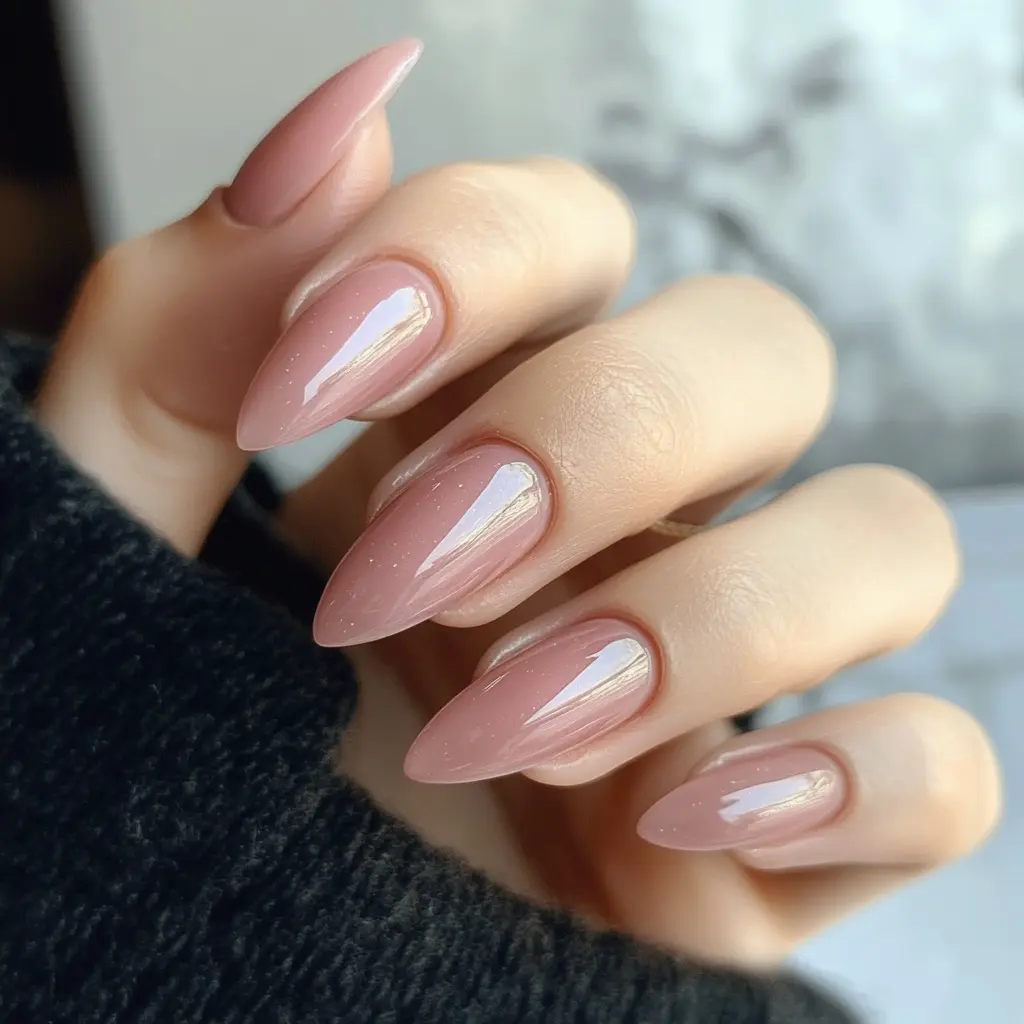
Maintaining the nails of your dog is an absolutely vital but sometimes neglected aspect of pet care. Your pet’s overgrown nails can cause pain, suffering, and even damage. Every Australian dog owner should know how to cut dog nails properly and safely. This guide walks you through the steps to keep your furry friend happy and healthy.
Why cutting your dog’s nails is important
Regular nail trimming is crucial for your dog’s comfort and overall wellbeing:
- Long nails can hurt when walking or running.
- Your dog’s posture will change to cause joint problems.
- You run more chances of breaking or fissuring nails.
- Scratch furniture or hurt others inadvertently.
Signs your dog’s nails need trimming
One can easily find out whether the nails of your dog are unusually lengthy. View these warning signals:
- You hear clicking as your dog is choking on hard surfaces.
- Their nails make touch with the floor and point down.
- Your dog seems to be uncomfortable walking or in discomfort.
Tools you’ll need
Having the right tools will make the experience smoother for both you and your dog:
- Dog nail clippers: Select clippers fit for the size of your dog. Most breeds find good usage for scissor-style or guillotine-style clippers.
- Styptic powder: If you unintentionally cut the sensitive part of the nail, this helps to stop the bleeding.
- Nail file or grinder: To soften recently cut sharp edges.
- Treats: Here you could give your dog recognition for their cooperation.
Understanding your dog’s nail anatomy
On top of a hard exterior shell, dog nails show soft inner quickness with blood channels and nerves. On light-colored nails, the quick is clearly seen; on dark nails, it is more difficult to discern. Cut carefully; trimming too near the quick might cause bleeding and discomfort.
Preparing your dog for nail trimming
Make sure your dog is used to the procedure before you start:
- Get them used to the tools: Let your dog smell and check the grinder or clippers.
- Handle their paws regularly: Holding their paws and stroking their nails will assist to lower their sensitivity.
- Choose a calm environment: Seek for a calm surroundings where your dog will feel protected and comfortable.
- Reward positive behaviour: This will help to create good links between hygienic practices and nail clipping.
Step-by-step guide to cutting dog nails
1. Inspect the nails
Start by going over every nail. Look for the quick, that pink area found inside light-colored nails. Cut away from this area as nerves and blood arteries abound here. Small amounts trimmed at once will help dogs with dark nails from compromising their quickness.
2. Position your dog
Let your dog lounge comfortably. Small dogs can sit on your lap; larger dogs might have to lie down or stand. Make sure your hold on their paw is firm but light.
3. Start trimming
Hold the clippers at a 45-degree angle. Trim small bits at a time. After each cut, check your progress and avoid cutting too close to the quick.
4. Check for splitting
Make sure the nails have a free of cracking, sharp, jagged edge. If needed, smooth them using a nail file.
5. Reward your dog
Once you’re done, treats and praises will help your dog thank you. Good reinforcement motivates next team projects.
Dealing with accidents
If you accidentally cut into the quick, stay calm. Apply styptic powder to the bleeding area and press gently. Most dogs recover quickly from minor nicks with proper care and reassurance.
Frequency of nail trimming
The surfaces your dog walks on and their degree of exercise will determine how often you should cut their nails. Dogs who walk on hard surfaces, like pavements; may naturally wear down their nails and need less frequent cutting. Check your dog’s nails generally every two to three weeks and cut them as necessary.
Tips for success
- Take breaks: If your dog becomes anxious, take a break and resume later.
- Trim regularly: Frequent cuts help the treatment to go quickly and under less stress.
- Seek help if needed: See a veterinarian or professional groomer if you are unsure or nervous.
- Start early: Beginning your dog’s nail care will enable them to acclimatise to the surgery.
- Use positive reinforcement: Finish the session with lots of awards in a pleasant attitude.
Common mistakes to avoid
- Rushing the process: This could lead to mistakes or stress for your dog.
- Using dull clippers: Always sharp to prevent breaking the nail.
- Ignoring your dog’s signals: Stop and consider whether your dog exhibits pain signals or distress.
When to consult a professional
If your dog’s nails are severely overgrown or they are particularly sensitive, it’s best to visit a vet or professional groomer. Many Australian pet services offer safe and affordable nail trimming.
Conclusion
Cutting your dog’s nails doesn’t have to be stressful. With the right tools, preparation, and technique, nail care can become a smooth part of your dog’s grooming routine. Regular trimming not only ensures comfort and health but also strengthens the bond between you and your pet. Like any skill, it takes time, patience, and consistency to master.






